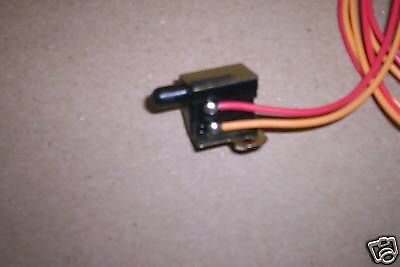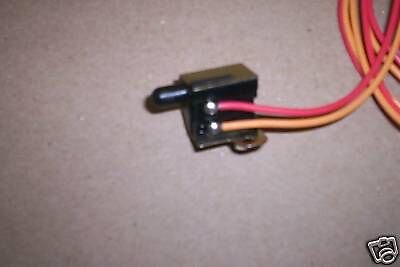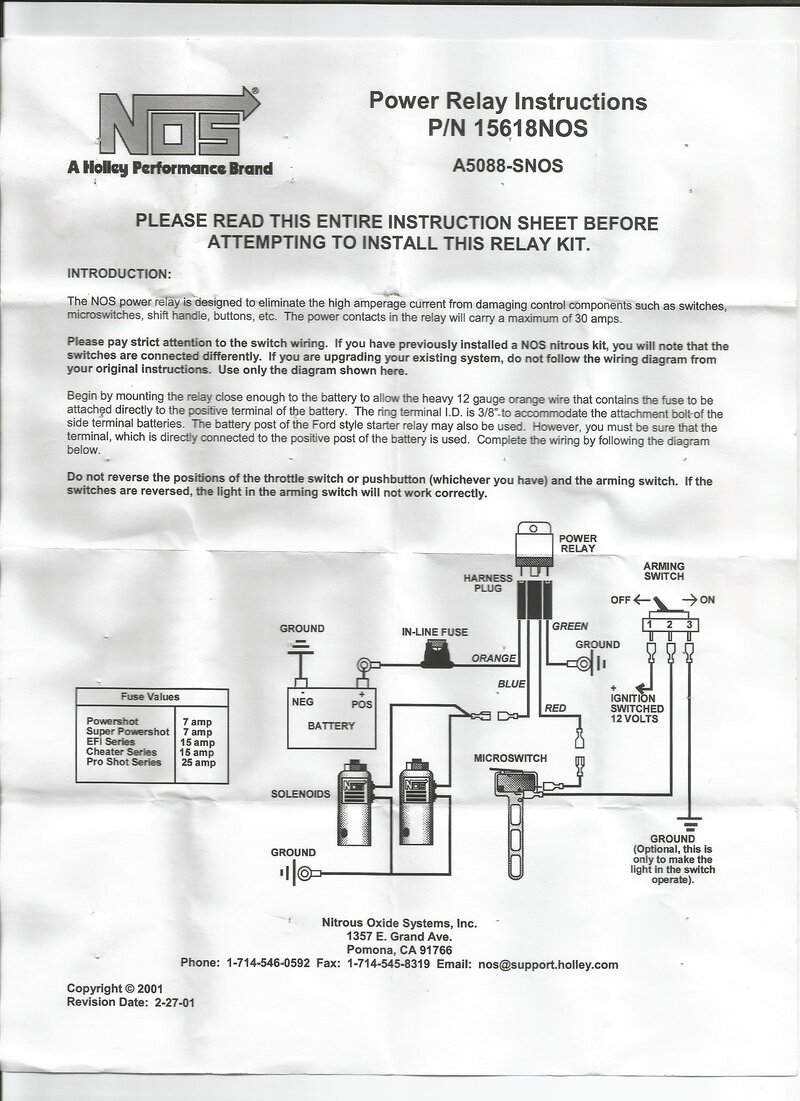pcombe
New member
Let me run something past you ok?
When I converted my old 1989 tour glide to a trike I found that I started burning out rear pressure brake switches in a real short time.
What I finally discovered is that the stock switches didn't have a high enough amp rating to handle the extra lights on the rear of the trike.
You wouldn't think that adding an extra brake light would make any big difference?
I solved the issue by going to the auto parts store and buying a switch made for a car.
The problem I have now is the front brake switch, It evidently isn't rated with enough amps either.
It would seem that the tri glide must have heavier switches?
Are the switches in the tri glide heavier than say a stock electra glide?
I need to find a front switch with enough amps, Im not real sure if they would work in my old handle bar electrical housing.
How did you get around the problem?
When I converted my old 1989 tour glide to a trike I found that I started burning out rear pressure brake switches in a real short time.
What I finally discovered is that the stock switches didn't have a high enough amp rating to handle the extra lights on the rear of the trike.
You wouldn't think that adding an extra brake light would make any big difference?
I solved the issue by going to the auto parts store and buying a switch made for a car.
The problem I have now is the front brake switch, It evidently isn't rated with enough amps either.
It would seem that the tri glide must have heavier switches?
Are the switches in the tri glide heavier than say a stock electra glide?
I need to find a front switch with enough amps, Im not real sure if they would work in my old handle bar electrical housing.
How did you get around the problem?









